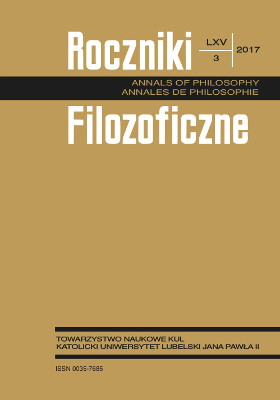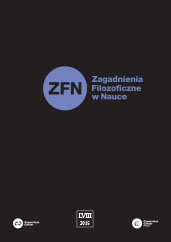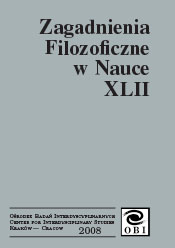Author(s): Tatyana Eduardovna Sizikova,Nadezda Alexandrovna Stunzha,Alexander Fedorovich Poveshenko,Ruben Oganesovich Agavelyan,Tatyana Viktorovna Voloshina / Language(s): Russian
Issue: 6/2017
Introduction. This article explores the impact of Web 3.0 and Web 4.0 contents dominant in the information environment on modern thinking. The purpose of the article is an analytical study of the changes that occur in the thinking of Internet consumers.
Materials and Methods. The research is conducted on the basis of the method of theoreti-cal analysis by adopting an activity and synergistic approaches.
Results. The authors have identified the following main characteristics of Web 3.0 and Web 4.0 content: semantic structure, cooperativity, clustering, wide opportunities for consumer self-expression, self-developing basic personal content, self-correcting errors system, efficient and convenient information management, accessibility, simplicity and maximum convenience, development and use of additional features, human resource management in the current time mode, crystallization, and the availability of maximum possible security of consumers. The authors emphasize that in the present context of accelerating scientific and technological progress and the development of global information networks, qualitative changes in the thinking activity of the modern person are taking place. Content has a developing effect on consumers’ thinking and thinking itself becomes like content. The authors suggest the hypothesis that there exist a combination of two mechanisms of self-development of content thinking: the external mechanism – the self-development of content, and the internal mechanism – the reflection.
Conclusions. Conclusions are drawn that the main characteristics of such thinking are the following: accumulation of many different types and styles of thinking, the leading method is synthetic deduction, increasing entropy, increasing singularity, operation within the framework of the "peace" category, expanding and tapering integrity, variability and different levels of clusters of processing and packaging of information, bringing thought to the ultimate limits of philosophical categories, multi-vector focus of reality research, and creative self-development. The limitation of content thinking is a reduction of a reflection level as a consequence of a scanning method of working with information.
More...


















